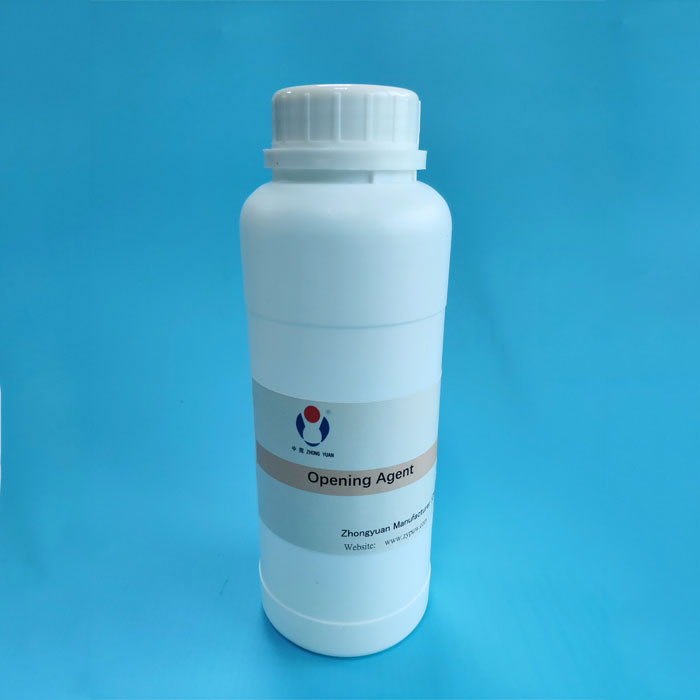Foam cell-opener agents are usually used in the production process of foam plastics. Their function is to control the formation of foam and produce holes or openings during the foam curing process to achieve specific physical properties, such as air permeability, lightness, etc. In order to ensure the effect of the foam cell-opener, it needs to be added at the appropriate stage.
The best time to add foam cell-opener:
Foaming stage: Foam cell-opener should be added in the early stage of foam formation, usually before the foaming agent begins to release gas and the foam expands. At this time, the cell-opener can help control the formation of pores inside the foam, so that the foam not only has a uniform structure, but also can produce controllable pores during the curing process.
Mixing stage: Usually the foam cell-opener is added during the mixing of the foaming agent and the substrate. This is because the cell-opener participates in the chemical reaction of the foam together with the foaming agent, and the desired pore distribution effect is achieved by adjusting the foam structure.
Curing stage: Another key stage is the curing process of the foam. After foaming and expansion, the foam needs to be cured at an appropriate temperature and time. At this time, the role of the foaming cell opener is still important because it helps stabilize and maintain the pore structure during the curing process, thereby improving the performance of the final foam material.
Addition order and proportion: The amount of foaming cell opener added is usually determined by the foam formula, and is generally mixed with the foaming agent and other additives in a certain proportion in the foaming agent.
In the formula, the amount of addition should be determined according to the type of material, purpose of use and performance requirements. Usually, the addition ratio needs to be adjusted according to actual production experience or test data to ensure the porosity and uniformity of the foam.
Summary: The foaming cell opener should be added during the foaming and mixing stages of the foam to ensure that it reacts with the foaming agent and promotes the formation of foam pores. The expected foam structure and performance can be obtained by timely addition and correct proportioning.
